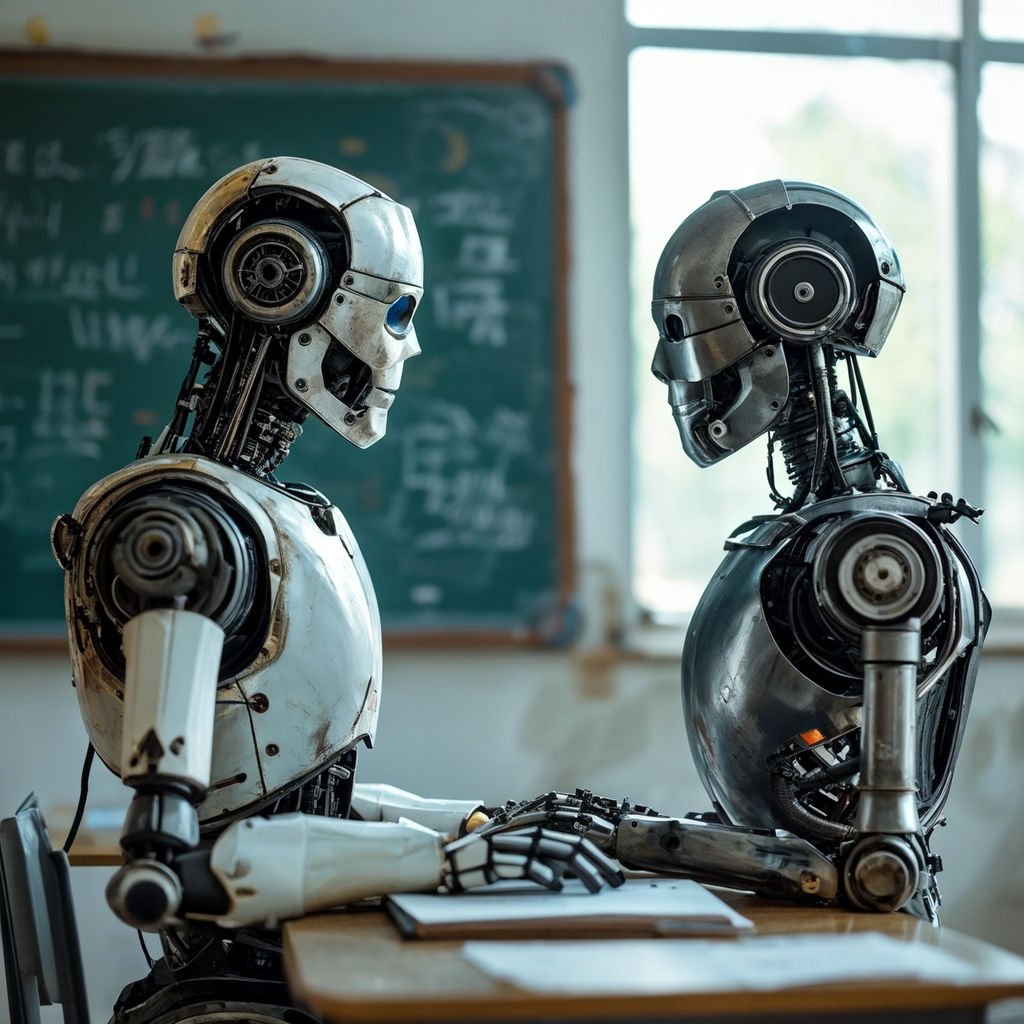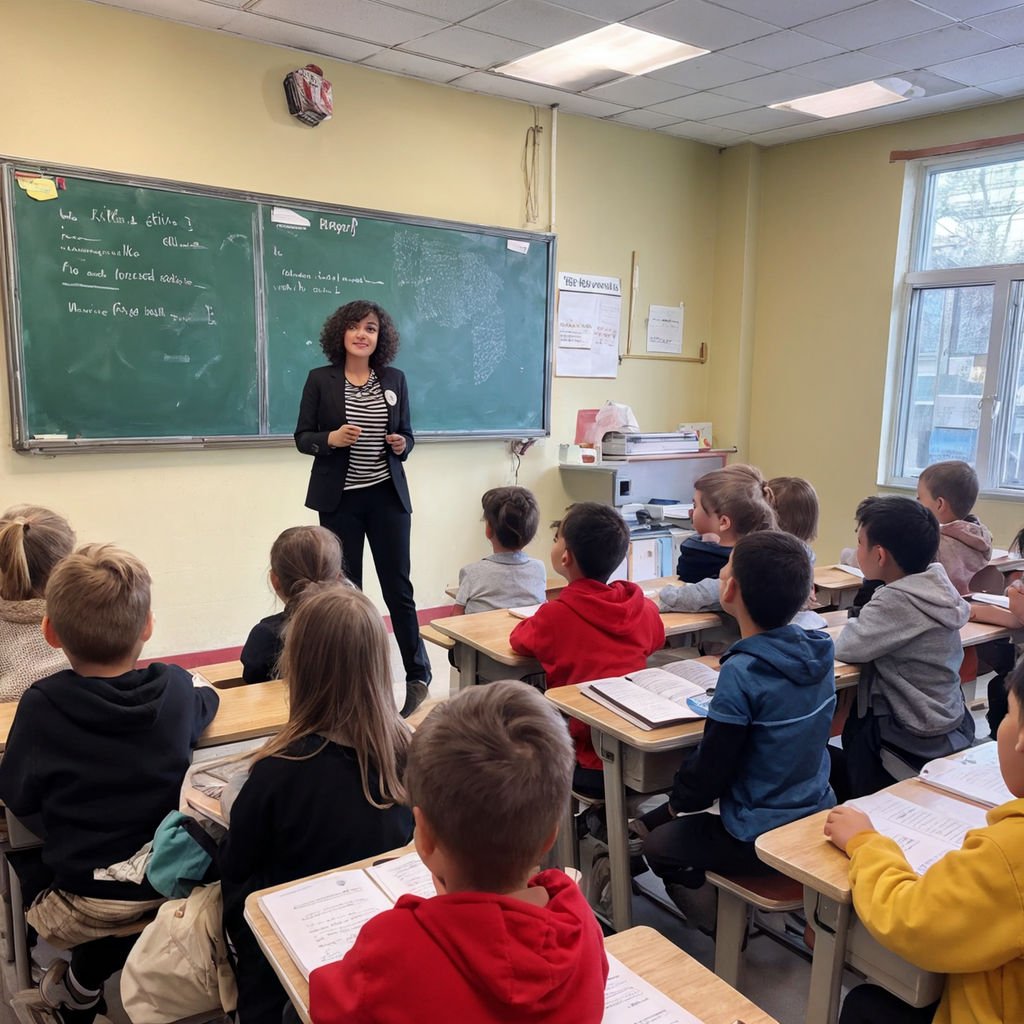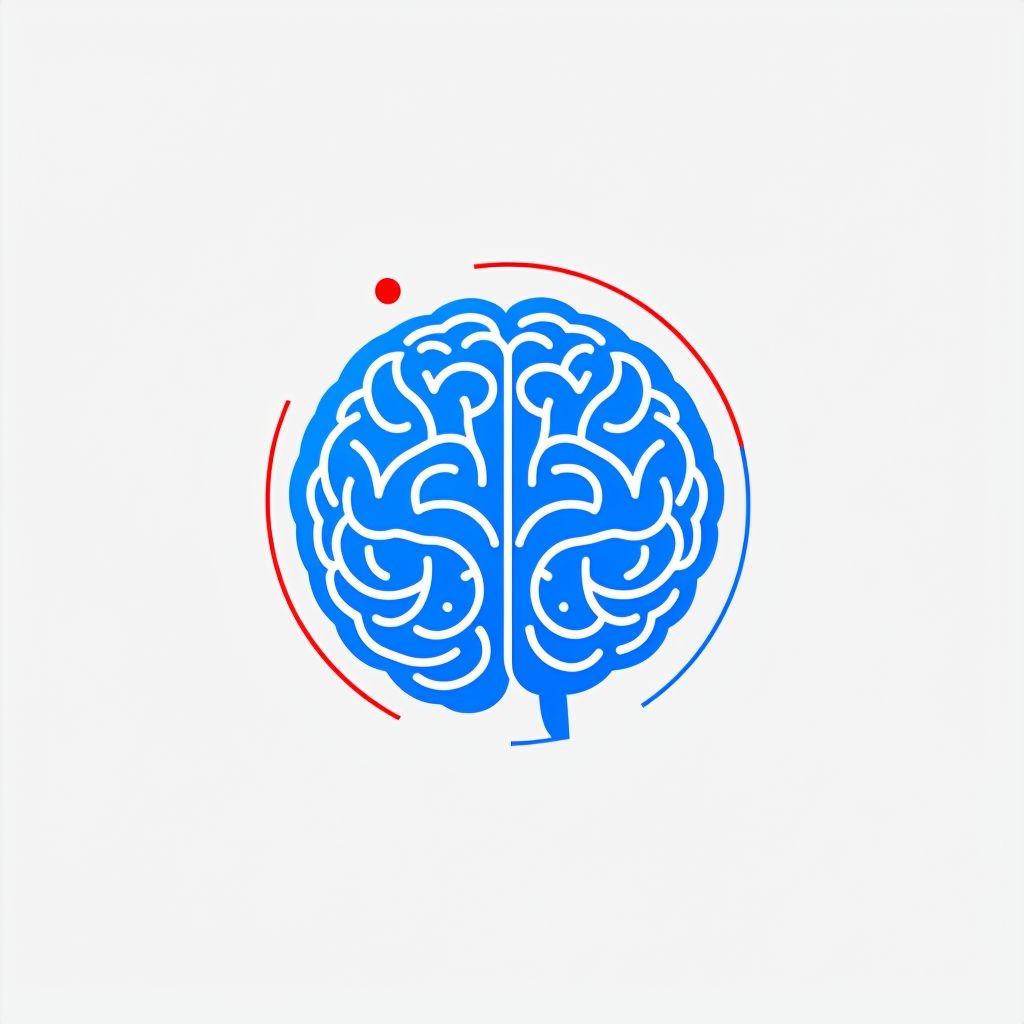The Impact of Artificial Intelligence on Education Systems
Artificial intelligence (AI) is revolutionizing numerous industries, and education is no exception. As technology advances, AI is increasingly integrated into educational environments, reshaping how students learn, how teachers teach, and how institutions operate. This article explores the transformative impact of AI on education systems worldwide.

His article explores the transformative impact of AI on education systems worldwide.
Personalized Learning
One of the most significant contributions of AI to education is the ability to offer personalized learning experiences. Traditional classrooms often adopt a «one-size-fits-all» approach, which can leave some students behind or unchallenged. AI tools, however, allow for customized learning pathways tailored to the unique needs of each student.
AI-Powered Tutors and Teaching Assistants
AI-powered tutoring systems are becoming more sophisticated, capable of answering student queries, guiding through problem-solving processes, and even grading assignments. Virtual assistants like IBM’s Watson Tutor provide 24/7 help, giving students immediate responses to their questions without waiting for a teacher.
AI-driven platforms can analyze a student’s strengths and weaknesses, track progress, and adjust the content or difficulty of materials accordingly. For instance, intelligent tutoring systems like Carnegie Learning and Knewton adapt lessons in real-time, providing students with specific feedback to improve their understanding. This adaptive learning ensures that students can progress at their own pace, which enhances engagement and retention.
In addition, AI teaching assistants are being integrated into online courses to facilitate discussions, answer routine questions, and help with grading. Georgia Tech famously used an AI teaching assistant, Jill Watson, in one of its computer science courses, and students didn’t realize they were interacting with a machine. This AI capability allows teachers to focus more on high-level, creative tasks, leaving routine administrative tasks to the machines.
Efficient Administrative Processes
AI is also streamlining administrative processes in educational institutions. Tasks like enrollment, course scheduling, and resource management, which typically require a lot of manual effort, are now being automated. AI can handle applications, recommend classes to students based on their academic records, and even help in predicting and solving logistical challenges.
- For example, AI algorithms can analyze historical data to predict student dropout rates and recommend interventions to improve retention. This data-driven approach helps administrators make more informed decisions and manage resources more efficiently, ultimately improving student outcomes.


- AI-driven tools are breaking down barriers to education by making learning more accessible to diverse populations. Speech recognition, text-to-speech, and real-time language translation are helping students with disabilities or those who speak different languages access educational materials. For example, tools like Microsoft’s Seeing AI app help visually impaired students interpret their surroundings and engage with visual content.
“Études has saved us thousands of hours of work and has unlocked insights we never thought possMoreover, AI systems can automatically provide subtitles for video content or translate lectures in real-time, ensuring non-native speakers can follow along more effectively. This increase in accessibility helps to create a more inclusive educational environment where everyone has equal opportunities to learn.ible.”
